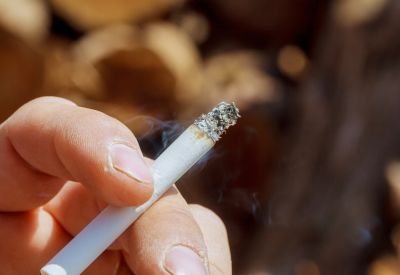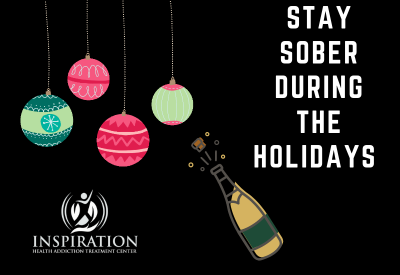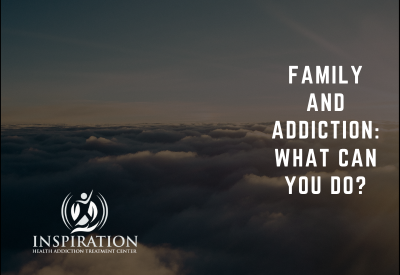At Inspiration Health, our mission is to offer comprehensive and compassionate care for individuals battling opioid use disorder. We are constantly seeking innovative solutions to enhance our medication-assisted therapy (MAT) programs, and we’re excited to introduce Lucemyra (lofexidine) as a game-changer in our treatment options.
Lucemyra is a medication designed to alleviate the symptoms of opioid withdrawal. Its primary active ingredient, lofexidine, works by targeting the noradrenergic system, which plays a crucial role in the manifestation of withdrawal symptoms. By modulating these neurotransmitters, Lucemyra helps manage the discomfort associated with opioid withdrawal, providing relief to individuals undergoing detoxification.
No Need to Wait
One of the standout features of Lucemyra is its ability to be administered immediately WITHOUT the risk of precipitated withdrawal. This is a significant advantage for our clients, as it means they can start taking Lucemyra as soon as they decide to begin their journey towards recovery. Unlike some other medications used in opioid detoxification, Lucemyra does not require patients to wait for opioids to leave their system completely before starting treatment. This immediacy can be life-changing for individuals who are ready to seek help and need relief from withdrawal symptoms promptly.
Moreover, Lucemyra can be safely integrated into our treatment protocols for individuals transitioning to Suboxone (buprenorphine/naloxone) therapy. We understand that the induction process for Suboxone can be daunting, with concerns about precipitated withdrawal looming large. However, with Lucemyra, our clients can take comfort in knowing that they can manage their withdrawal symptoms effectively while waiting to initiate their first dose of Suboxone. This seamless integration not only enhances the overall treatment experience but also promotes a smoother transition to maintenance therapy.
The benefits of Lucemyra extend beyond its immediate effects on withdrawal symptoms. By providing relief from the discomfort of withdrawal, Lucemyra helps alleviate the psychological distress often associated with detoxification. This can empower individuals to stay committed to their treatment journey, reducing the risk of relapse and promoting long-term recovery.
At Inspiration Health, we are committed to personalized care that addresses the unique needs of each individual. With Lucemyra as part of our arsenal, we can offer our clients a more comprehensive and supportive approach to opioid addiction treatment. By combining innovative medications like Lucemyra with evidence-based therapies and unwavering support, we empower our clients to reclaim their lives from the grip of addiction.
If you or someone you know is struggling with opioid addiction, we encourage you to reach out to us at Inspiration Health. Our team of experienced professionals is here to guide you through every step of your journey towards recovery. With Lucemyra and our comprehensive MAT programs, there is hope for a brighter, drug-free future.







